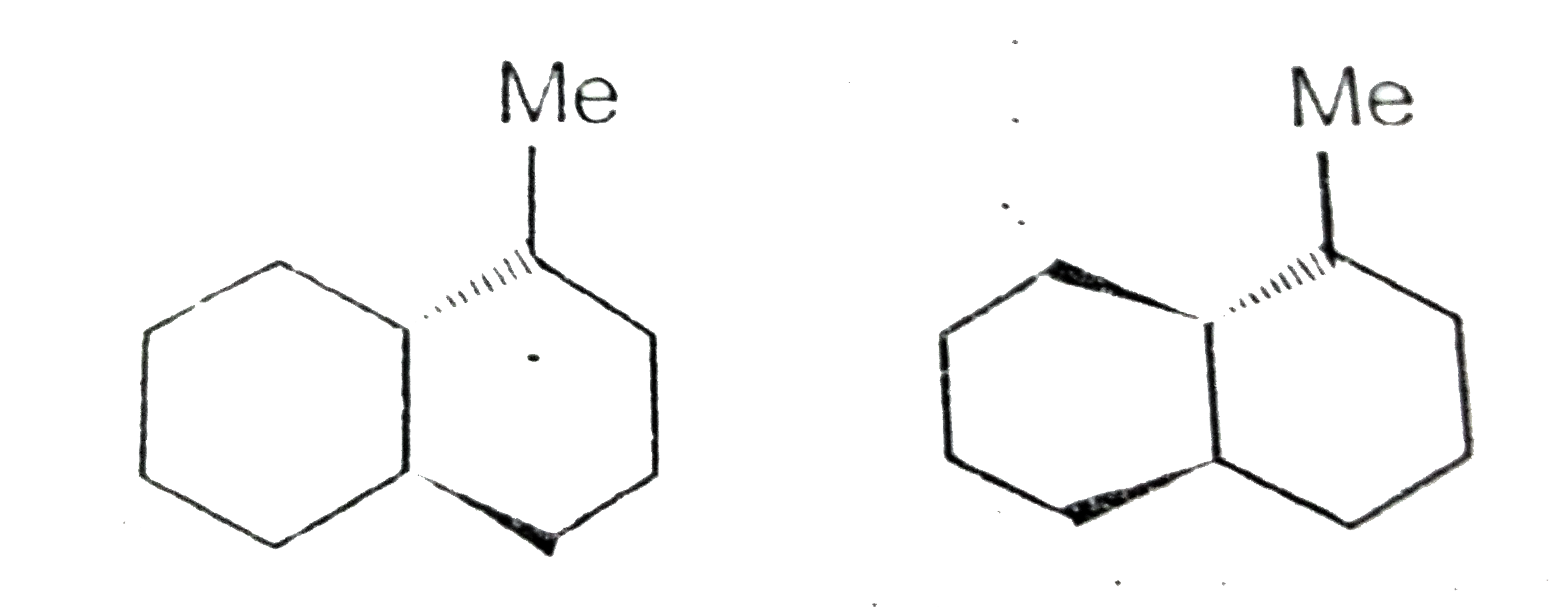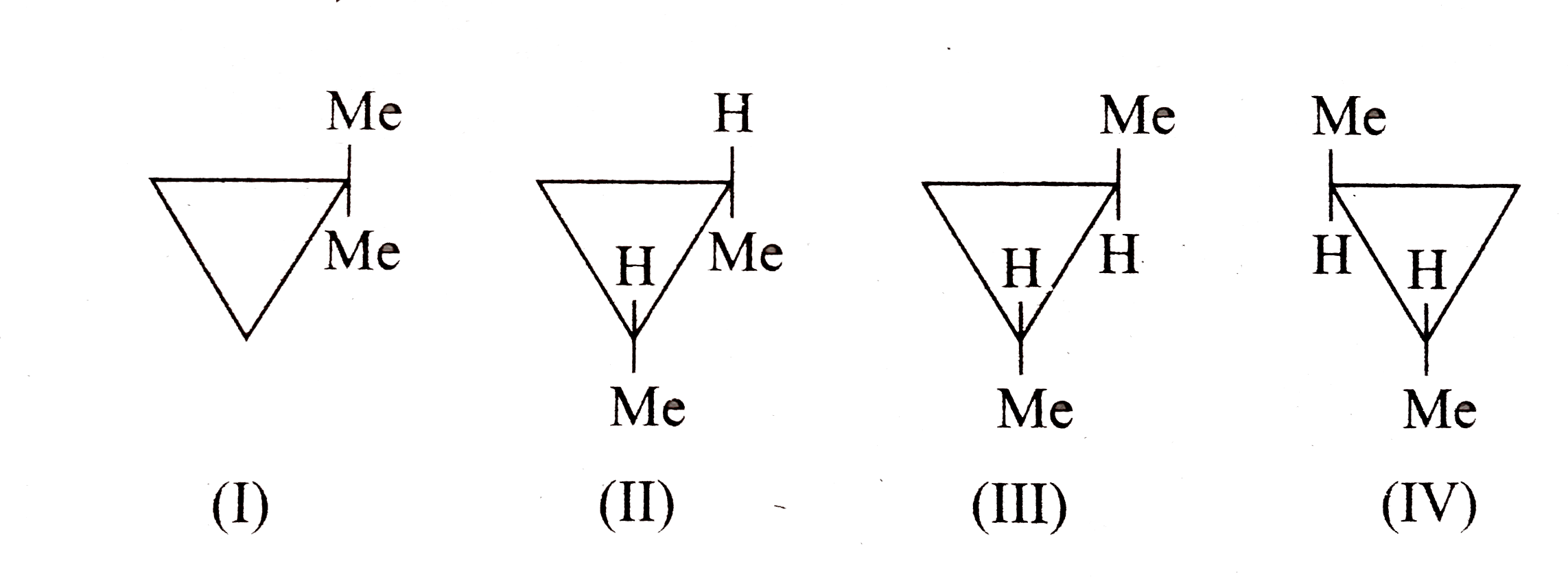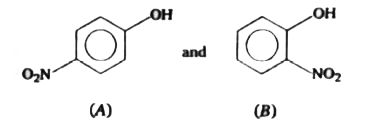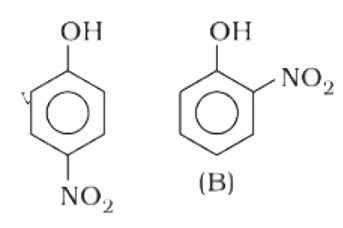Out of the two compounds shown below the vapour pressure of
II at a particular temperature is expected to be
 .
.
A
Higher than that of I
B
Lower than that of I
C
Same as that of I
D
Can be higher or lower depending upon the size of vessel .
Video Solution
Text Solution
The correct Answer is:A
Intramolecular H-bonding is possible in II Therefore solubility of II will be less than I Hence II will be present more in vapour form as compared to I .
|
Topper's Solved these Questions
- CHEMICAL BONDING AND MOLECULAR STRUCTUREBOOK - CENGAGE CHEMISTRY ENGLISHCHAPTER - CHEMICAL BONDING AND MOLECULAR STRUCTUREEXERCISE - Exercises Single Correct (Bond Angle)
10 Videos
- CHEMICAL BONDING AND MOLECULAR STRUCTUREBOOK - CENGAGE CHEMISTRY ENGLISHCHAPTER - CHEMICAL BONDING AND MOLECULAR STRUCTUREEXERCISE - Exercises Single Correct (Resonance And Formal Charges)
10 Videos
- CHEMICAL BONDING AND MOLECULAR STRUCTUREBOOK - CENGAGE CHEMISTRY ENGLISHCHAPTER - CHEMICAL BONDING AND MOLECULAR STRUCTUREEXERCISE - Exercises Single Correct (Dipole Moment)
16 Videos
- ATOMIC STRUCTUREBOOK - CENGAGE CHEMISTRY ENGLISHCHAPTER - ATOMIC STRUCTUREEXERCISE - Concept Applicationexercise(4.3)
19 Videos
- CHEMICAL EQUILIBRIUMBOOK - CENGAGE CHEMISTRY ENGLISHCHAPTER - CHEMICAL EQUILIBRIUMEXERCISE - Subjective type
1 Videos
Similar Questions
Knowledge Check
Which of the compounds shown below are isomers?
A B
B C
C D
D
The two compounds which given below are :
 AenantiomersBidenticalCoptically inactiveDdiastereomers
AenantiomersBidenticalCoptically inactiveDdiastereomersThe IUPAC name of the compound shown below is
 A2-bromo-6-chlorocyclohex-1-eneB6-bromo-2-chlorocyclohexeneC3-bromo-1-chlorocyclohexeneD1-bromo-3-chlorocyclohexene.
A2-bromo-6-chlorocyclohex-1-eneB6-bromo-2-chlorocyclohexeneC3-bromo-1-chlorocyclohexeneD1-bromo-3-chlorocyclohexene.
The two compounds shown in the figure below are

View SolutionWhy is the vapour pressure of liquid constant at a constant temperature ?
View SolutionWhich of the following compounds would have the same vapour pressure ?

View SolutionFrom the compound shown below, choose which is/are aromatic.
View SolutionThe rapid change of state from liquid to vapour at a particular temperature
View Solution


